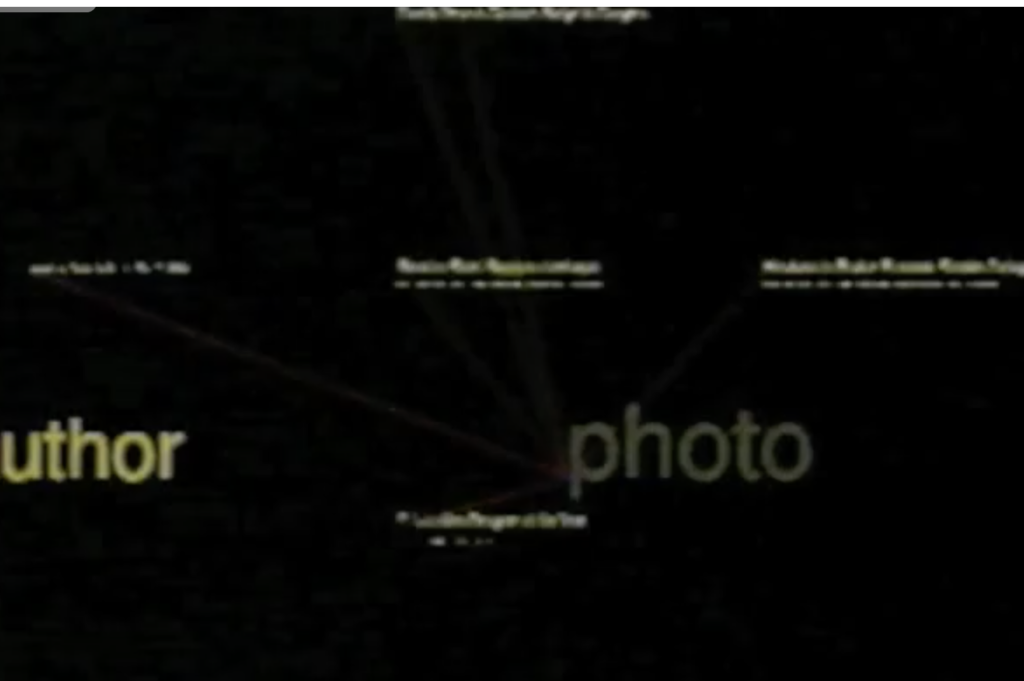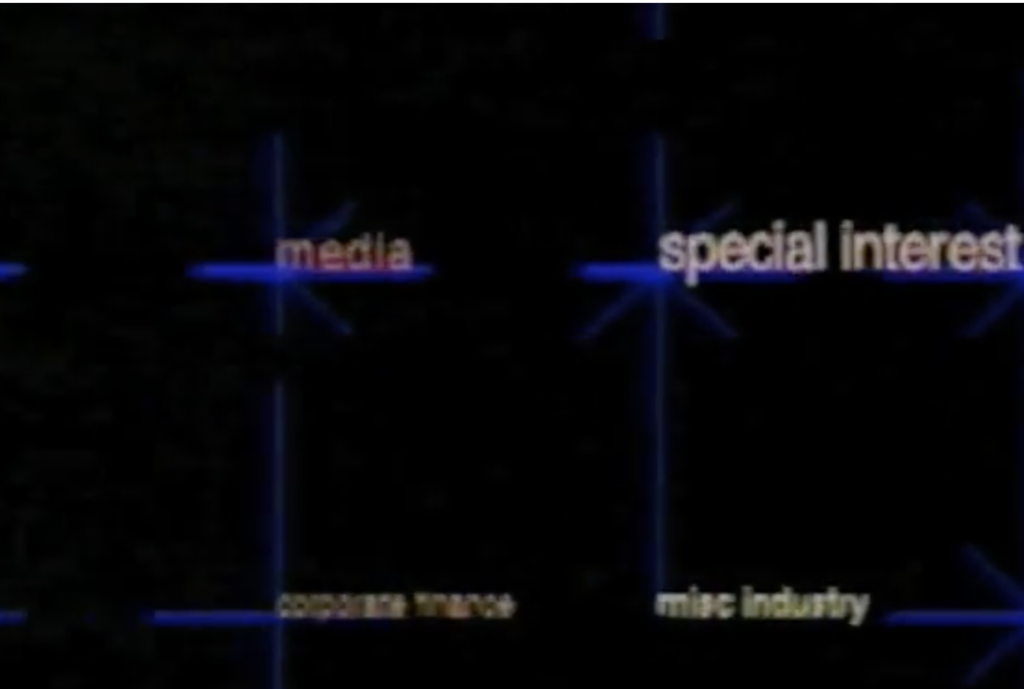Muriel Cooper opened many doors for future interactive media design by pioneering the Visible Language Workshop. It created new methods of organizing, navigating, and communicating information. Christopher Alexander’s patterns and the Visible Language Workshop share some similar elements and concepts. In Alexander’s patterns, he uses categorization to optimize spaces and environment, whereas, in the information landscape, the vast network of information is also being categorized. For example, in A Pattern Language, patterns from Work Community and Small Work Groups both showcase the methodology of clustering, grouping, and arranging. These types of actions are consistently utilized in the Visible Language Workshop. In fact, they are the most effective ways to maneuver and interpret the information in the program.
What really fascinated me is that the Visible Language Workshop was already adept at manipulating the information structure and its various formations. The entire system was designed to be completely interactive for the users. From 2D to 3D, the program uses multiple gestures, like “zoom in and out,” “browsing through,” “layering,” the Visual Langauge Workshop shares similar qualities with what we have today from AR and VR. All these actions essentially create a sense of new space for the user. When I tried VR oculus for the first time, it displayed a “new world” right in front of my eyes, and it felt like the “world” was interactive and dynamic.


